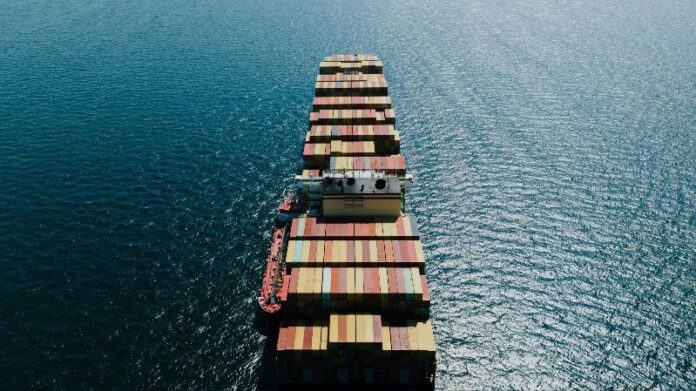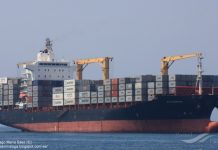
Lloyd’s Register has rolled out a major update to its Fatigue Design Assessment (FDA) method, giving containership and gas carrier operators a welcome boost in predicted fatigue life, up to 15% in some cases.
This is the first time LR has revised its global trading route data in more than a decade. The changes are based on 11 years’ worth of real-world AIS tracking, offering a more accurate picture of how these vessels actually operate.
For containerships, the updated routing models show up to a 10–15% improvement in fatigue life predictions. Gas carriers also benefit, with increases of up to 10%. The gains come from better alignment between vessel design assessments and actual trading patterns.
LR says this new approach will help owners and operators make smarter choices around design, maintenance, and operations. The data-driven method replaces older, more generic assumptions with a sharper, AIS-based view.
”Our analysis of extensive AIS data revealed that ships are operating quite differently from our previous models, particularly in terms of route optimisation and weather routing. This translates directly into improved fatigue life predictions that shipowners can rely on for better operational and maintenance planning,” said Nick Gross, Global Containerships Segment Director, Lloyd’s Register.
As part of the upgrade, LR also refined its container vessel size categories. The classification now includes Ultra Large Container Vessels (ULCVs) over 14,500 TEU, along with updated ranges for New Panamax, Post-Panamax, Panamax, Feedermax, and Feeder classes.





